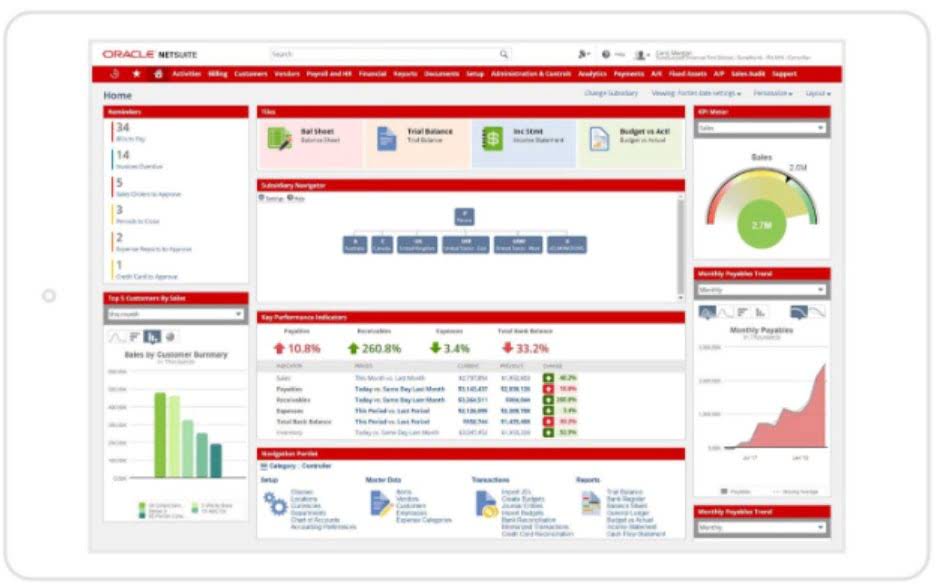
On the other hand, on-time payment of the company’s payables is important as well. Both the current and quick ratios help with the analysis of a company’s financial solvency and management of its current liabilities. The quick ratio is the same formula as the current ratio, except that it subtracts the value of total inventories beforehand. The quick ratio is a more conservative measure for liquidity since it only includes the current assets that can quickly be converted to cash to pay off current liabilities. In conclusion, understanding the three financial statements — Income Statement, Balance Sheet, and Cash Flow Statement—is essential for maintaining the financial health of any business.
Additional Paid-In Capital
- If a business sold all of its assets and used the cash to pay all liabilities, the leftover cash would equal the equity balance.
- The effect of cash and stock dividends on the retained earnings has been explained in the sections below.
- If your business currently pays shareholder dividends, you’ll need to subtract the total paid from your previous retained earnings balance.
- At the end of the period, you can calculate your final Retained Earnings balance for the balance sheet by taking the beginning period, adding any net income or net loss, and subtracting any dividends.
- First, you have to figure out the fair market value (FMV) of the shares you’re distributing.
Retained earnings are affected by an increase or decrease in the net income and amount of dividends paid to the stockholders. Thus, any item that leads to an increase or decrease in the net income would impact the retained earnings balance. Retained earnings appear under the shareholder’s equity section on the liability side of the balance sheet. Retained earnings are the residual net profits after distributing dividends to the stockholders. This is the net profit or net loss figure of the current accounting period, for which retained earnings amount is to be calculated.
Which of these is most important for your financial advisor to have?

Current liabilities of a company consist of short-term financial obligations that are typically due within one year. Current liabilities could also be based on a company’s operating cycle, which is the time it takes to buy inventory and convert it to cash from sales. Current liabilities are listed on the balance sheet under the liabilities section and are paid from the revenue generated from the operating activities of a company. The analysis of current liabilities is important to investors and creditors.
Ask Any Financial Question
An analyst can generally use the balance sheet to calculate a lot of financial ratios that help determine how well a company is performing, how liquid or solvent a company is, and how efficient it is. The most liquid of all assets, cash, appears on the first line of the balance sheet. Cash Equivalents are also lumped under this line item and include assets that have short-term maturities under three months or assets that the company can liquidate on short notice, such as marketable securities. Companies will generally disclose what equivalents it includes in the footnotes to the balance sheet.
- However, management on the other hand prefers to reinvest surplus earnings in the business.
- By directly adjusting beginning retained earnings, the adjustment has no effect on current period net income.
- When a company generates net income, it is typically recorded as a credit to the retained earnings account, increasing the balance.
- The money that’s left after you’ve paid your shareholders is held onto (or “retained”) by the business.
- A financial professional will offer guidance based on the information provided and offer a no-obligation call to better understand your situation.
- At Agicap, we recognize the complexities involved in analyzing these financial statements.
It means that the value of the assets of the company must rise above its liabilities before the stockholders hold positive equity value in the company. The retained earnings (also known as plowback[1]) of a corporation is the accumulated net income of the corporation that is retained by the corporation at a particular point of time, such as at the end of the reporting period. At the end of that period, the net income (or net loss) at that point is transferred from the Profit and Loss Account to the retained earnings account. If the balance of the retained earnings account is negative it may be called accumulated losses, retained losses or accumulated deficit, or similar terminology. Retained earnings are business profits that can be used for investing or paying down business debts. They are cumulative earnings that represent what is leftover after you have paid expenses and dividends to your business’s shareholders or owners.

A stock split may seem similar, but it is different because it dividends existing shares, and a dividend hands out new shares. The ultimate effect of cash dividends on the company’s balance sheet is a reduction in cash for $250,000 on the asset side, and a reduction in retained earnings for $250,000 on the equity side. After the dividends are retained earnings current liabilities are paid, the dividend payable is reversed and is no longer present on the liability side of the balance sheet. When the dividends are paid, the effect on the balance sheet is a decrease in the company’s retained earnings and its cash balance. In other words, retained earnings and cash are reduced by the total value of the dividend.
Balance Sheet
That said, retained earnings can be used to purchase assets such as equipment and inventory. Accordingly, companies with high retained earnings are in a strong position to offer increased dividend payments to shareholders and buy new assets. If a company has a net loss for the accounting period, a company’s retained earnings statement shows a negative balance or deficit. Net profit refers to the total revenue generated by a company minus all expenses, taxes, and other costs incurred during a given accounting period. When a company consistently experiences net losses, those losses deplete its retained earnings. Prolonged periods of declining sales, increased expenses, or unsuccessful business ventures can lead to negative retained earnings.


No responses yet